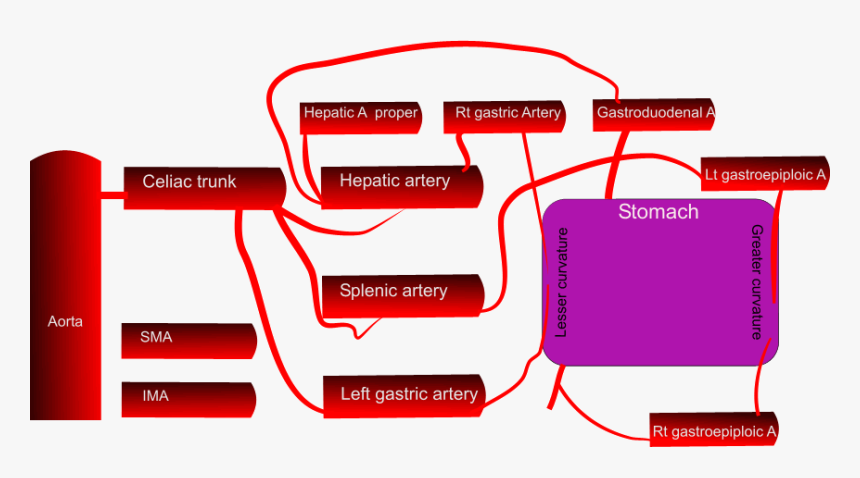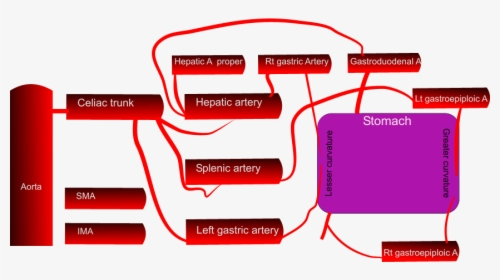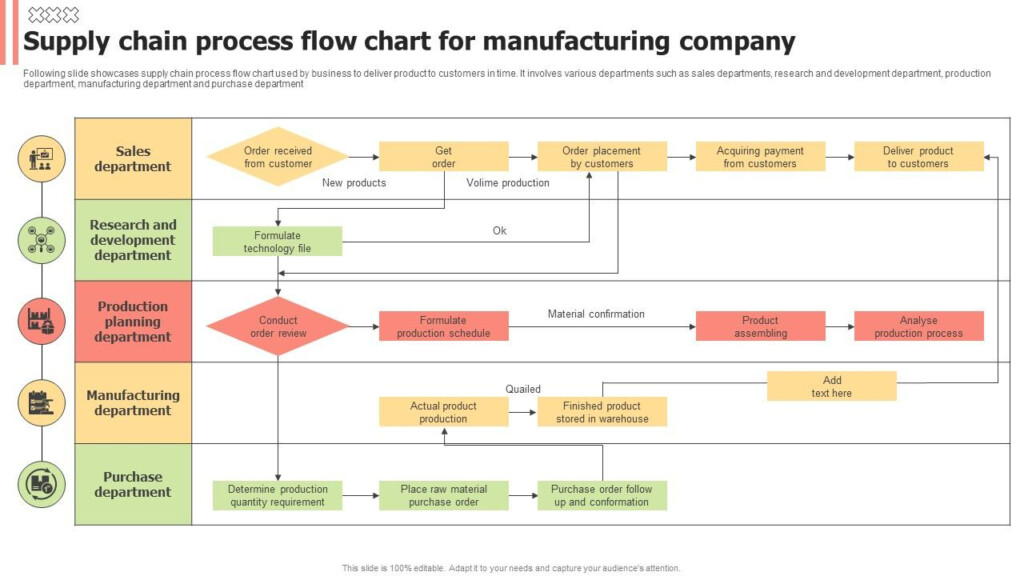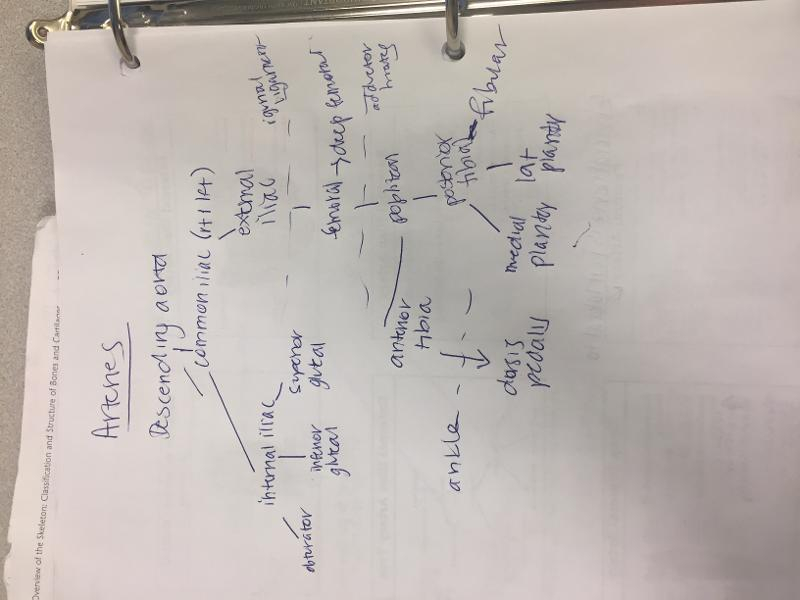Blood Supply Flow Chart
Blood Supply Flow Chart: Understanding the Circulatory System
The circulatory system is a complex network of blood vessels that carries oxygen and nutrients to every cell in the body. Understanding the flow of blood through this system can help us appreciate the importance of maintaining a healthy cardiovascular system. One way to visualize this process is through a blood supply flow chart, which illustrates the pathways blood takes as it travels through the body.
Arteries: The Pathways of Oxygen-Rich Blood
Arteries are blood vessels that carry oxygen-rich blood away from the heart to the rest of the body. The largest artery in the body is the aorta, which branches off into smaller arteries that supply blood to different organs and tissues. As blood travels through the arteries, it delivers oxygen and nutrients to cells and removes waste products. Arteries have thick, muscular walls that help regulate blood flow and maintain blood pressure. Understanding the flow of blood through the arteries is essential for understanding how the body receives the oxygen and nutrients it needs to function properly.
Veins: The Pathways of Oxygen-Depleted Blood
Veins are blood vessels that carry oxygen-depleted blood back to the heart. After oxygen has been delivered to cells, blood returns to the heart through veins to be re-oxygenated. Veins have thinner walls than arteries and contain valves that prevent blood from flowing backward. The largest veins in the body are the superior and inferior vena cava, which return blood from the upper and lower parts of the body, respectively. Understanding the flow of blood through the veins is crucial for understanding how the body eliminates waste and regulates its internal environment.
Capillaries: The Microscopic Bridges Between Arteries and Veins
Capillaries are tiny blood vessels that connect arteries to veins and allow for the exchange of oxygen, nutrients, and waste products between blood and tissues. Capillaries have thin walls that permit the diffusion of substances in and out of the bloodstream. These microscopic vessels are where the magic of the circulatory system happens, as they facilitate the exchange of vital substances that keep our cells healthy and functioning properly. Understanding the flow of blood through capillaries is essential for understanding how nutrients and waste products are exchanged between blood and tissues.
In conclusion, a blood supply flow chart can help us visualize the intricate pathways that blood takes as it travels through the body. Understanding the flow of blood through arteries, veins, and capillaries is essential for understanding how the circulatory system functions to keep our bodies healthy and functioning properly. By maintaining a healthy cardiovascular system, we can ensure that our cells receive the oxygen and nutrients they need to thrive.
Download Blood Supply Flow Chart
Blood Supply Stomach Schematic Stomach Blood Supply Diagram HD Png
Artery Of Lower Limb And Blood Supply Flow Chart Lower Extremity
Supply Chain Process Flow Chart For Manufacturing Company PPT Example
Lower Limb Blood Supply Flow Chart Ponasa




